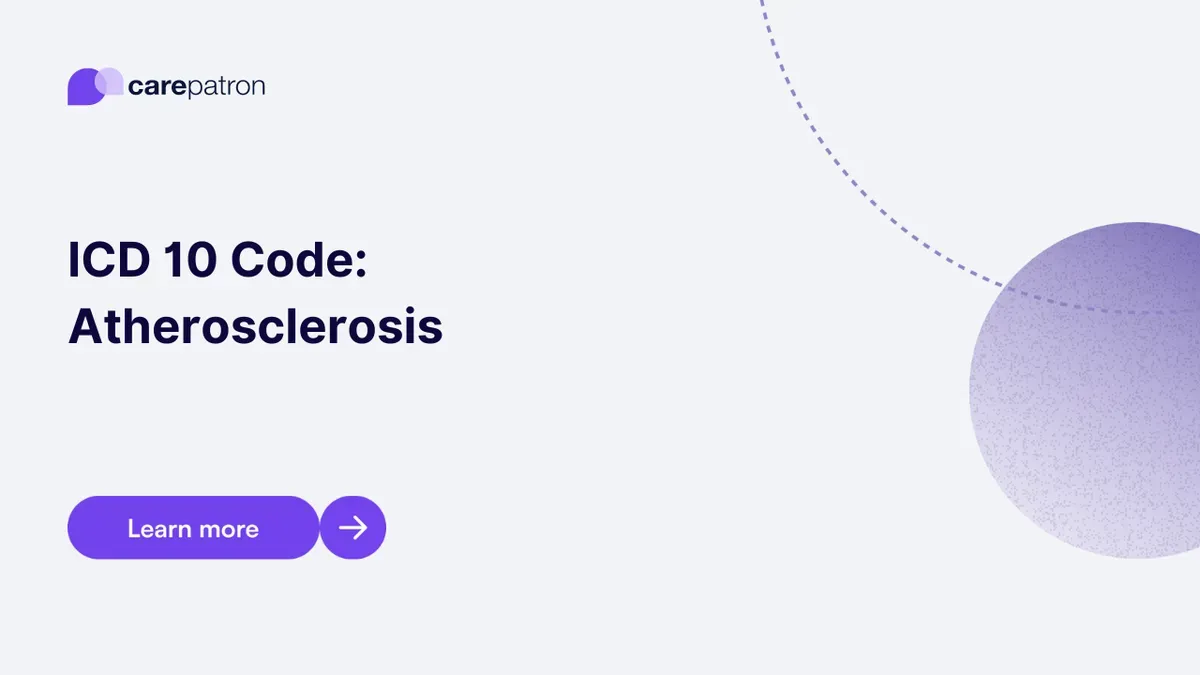
Atherosclerosis ICD-10-CM Codes | 2023
Explore the specific ICD-10 codes for diagnosing atherosclerosis. Ensure accurate medical documentation and billing with our detailed guide.
Use Code
Commonly asked questions
When a patient is diagnosed with Atherosclerosis or shows symptoms indicative of the condition.
Treatments include lifestyle changes, medications, and sometimes surgical procedures.
A diagnosis code for Atherosclerosis indicates that the patient has been diagnosed with the condition, specifying the affected artery or the nature of the Atherosclerosis.
EHR and practice management software
Get started for free
*No credit card required
Free
$0/usd
Unlimited clients
Telehealth
1GB of storage
Client portal text
Automated billing and online payments
